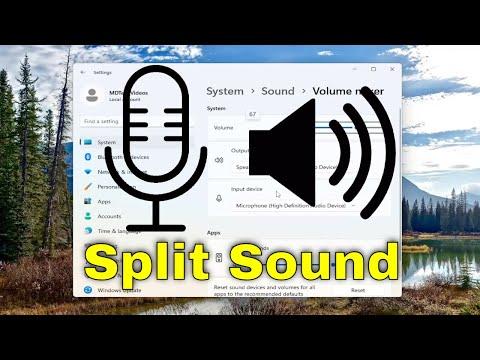One day, I was working from home, deeply immersed in a complex project that required my undivided attention. My desk was cluttered with papers, coffee cups, and various tech gadgets. I was using my laptop with a set of external speakers to listen to some soothing background music to help me focus. The music was soft and calming, perfect for the task at hand. But as I was adjusting the volume on my speakers, I received an urgent call on my phone. The call required me to switch to my headphones quickly, so I could speak privately without disturbing anyone around me.
I unplugged the speakers, grabbed my headphones, and plugged them in. The call went smoothly, and I finished the conversation with relief. But as I was about to resume my work, I realized that the music I was listening to was no longer playing. My speakers were still in the same spot, yet they seemed completely silent. I started to panic a little. What if I needed to switch between headphones and speakers frequently during the day? This sudden realization made me wonder if there was a way to split the sound between both the speakers and the headphones simultaneously.
I began my search for a solution. I went through numerous forums and guides, trying to find a way to achieve this split audio setup. It seemed that many people had encountered this issue before, but the solutions offered were often too technical or involved additional software that I wasn’t keen on installing. I wanted a solution that was simple and integrated within the existing Windows environment.
After some digging, I discovered that Windows 10 and Windows 11 have built-in features that can help with this issue. The first step was to open the sound settings on my computer. I right-clicked on the speaker icon in the system tray, which is located at the bottom right corner of my screen. From the menu that appeared, I selected “Open Sound settings.” This action opened the Sound settings window where I could manage my audio devices.
In the Sound settings window, I found the option labeled “Advanced sound options.” Here, I clicked on the “App volume and device preferences” link. This took me to a screen where I could see all the apps currently producing sound. This was a crucial discovery. I realized that I could potentially assign different audio devices to different applications, allowing me to manage where the audio would come from.
I noticed that under the “Output” section, there were options to select the default output device for the system sounds. However, my goal was to have the ability to simultaneously use both speakers and headphones. I needed to dive deeper. I scoured through the settings and eventually found a feature that allowed me to manage the audio devices in a more nuanced way.
Under the “Manage sound devices” section, I could see all the playback devices connected to my computer. I selected my headphones and speakers and made sure they were both enabled. This was a good start, but it didn’t directly solve my problem of splitting audio. I needed a way to get the audio from one source to play through both devices.
I then discovered a feature called “Stereo Mix.” This feature allows you to mix audio sources and play them through different outputs. I accessed the Sound Control Panel by clicking on the “Sound Control Panel” link from the Sound settings window. In the Sound Control Panel, I navigated to the “Recording” tab. Here, I found “Stereo Mix,” which was disabled by default.
I right-clicked on “Stereo Mix” and selected “Enable.” Once enabled, I right-clicked again and chose “Properties.” In the properties window, I went to the “Listen” tab and checked the box labeled “Listen to this device.” From the drop-down menu, I selected my speakers as the playback device. This allowed me to hear the audio from my headphones through the speakers as well.
To finalize the setup, I made sure that both my headphones and speakers were set as default audio devices in the Sound settings. I tested the setup by playing music and making sure that the sound came through both the headphones and speakers simultaneously. It worked perfectly! Now, I could switch between listening to audio through my headphones or speakers without having to reconfigure my settings each time.
This solution worked well for me and allowed me to manage my audio setup efficiently. I was able to continue working with both my speakers and headphones, switching between them as needed without missing a beat. It was a relief to find a built-in feature within Windows that could address my problem without the need for additional software or complex configurations.
In retrospect, the process of finding this solution was a bit of a journey, but it ultimately made my workspace much more flexible and functional. Being able to control audio output in such a manner improved my productivity and allowed me to handle multiple tasks with ease.
